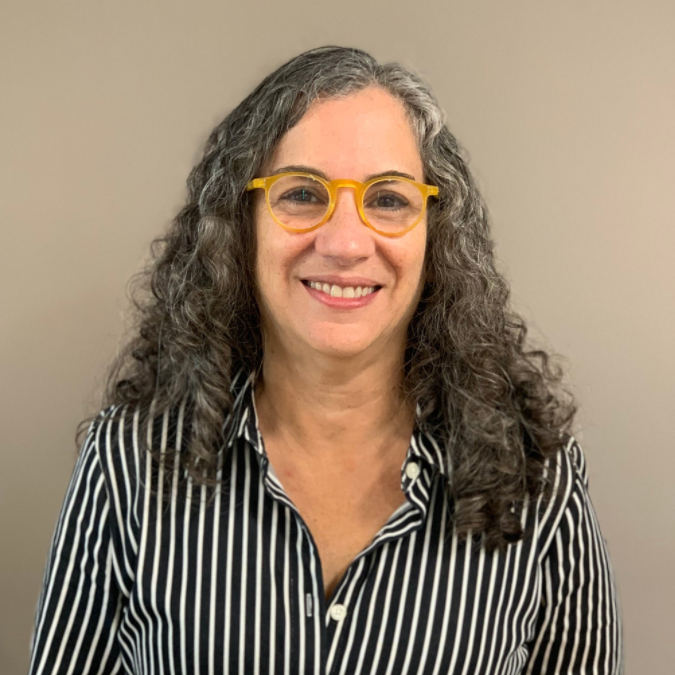The President of the University of Puerto Rico (UPR), Luis A. Ferrao Delgado, made a set of recommendations responding to a persistent decline in enrollment from 64,138 alumnus in 2010 to 43,333 for the new academic year, a reduction of over 20,000 students in 12 years. Among the recommendations is the elimination of the Prueba de Aptitud Académica (PAA) in the consideration for admission.
Standardized tests are falling from grace in the United States. Universities are recognizing that test scores may not necessarily capture the student potential and preparation to succeed in higher education, but race and wealth. Students from non-traditional backgrounds generally underperform, even though they could have successfully completed their post-secondary education, if admitted.
An increasing number of universities are eliminating placement tests, making them optional, having no minimum or waiving test scores if the student meets a minimum GPA (for example, Cornell, Smith College, Brandeis, NYU, Temple, U-Mass, Texas A&M, University of Chicago, and University of California including Berkeley and UCLA). Nearly 80% of universities went test-optional during the closures of Covid-19. Many of them are staying test-optional, because it led to increases in applications and enrollment, in spite of general declines in enrollment in the US during the pandemic.
In Puerto Rico, test scores are highly correlated with class and private school education. To “level the playing field,” some states (California, Colorado, Florida, Illinois, NY, and Texas, among other) are mandating guarantee admission to the top students who graduate from their public high schools. In California 9% of high school graduates are prioritized for admission; 20% in Florida; and 10% in Texas. The constraint is the budget and space limitation of the campuses. Moreover, admissions involve a holistic process, where universities consider the student’s achievements, extracurricular activities, aspirations, life experiences, resources, and academic performance. Unlike the UPR, which only uses PAA scores and GPA to create an index for admission.
Just changing the requirements for admission is likely not to be enough to attract and retain students. Faculty have a legitimate concern that eliminating test scores could mean that students are setup for failure because they are not “ready” for college and will fail. But we should not assume that these students are not capable. Many of them have proven to be talented, resilient, hardworking, and outstanding students despite their circumstances. However, they must be given the opportunity, tools, and resources they need to thrive.
Post-secondary institutions need to start early and provide continuous support to students. There are few counselors in public schools that have the time to support all students in the process of application. Many students do not see post-secondary education as a goal. Making college a goal and supporting students in the process of application is critical to increase enrollment. But once admitted, the system needs to retain and graduate them. Students need financial support, high-impact practices, actively engaged student services, mentors and counselors to support them complete their degrees. These are expensive and require a sustainable budget from the government for fellowships and student services.
There are successful programs in the UPR that work to bring students to the campuses and graduate them. For example, the Centro Universitario para el Acceso (CUA), once a multi-campus program, demonstrated great success at admitting and graduating students from low-income communities. But their funding has been decimated. They need institutionalized financial support to continue to make a difference.
We also need to examine the post-secondary educational system in Puerto Rico (both public and private). The system we have and what we need to build a sustainable and equitable recovery. In Puerto Rico only 40% of students complete a degree in six year and student indebtedness is on the rise. We need clear metrics for parents, students, and public officials to assess the efficacy of post-secondary institutions at meeting the needs of students, improving our human capital and creating opportunities for young people to succeed in the island. At the Center for a New Economy, we are in the process of providing universities with the tools to achieve this.
The Spanish-version of this column was originally published in El Nuevo Día on September 29, 2022.

